Asteroid Impacts: A Primer On Impact Cratering
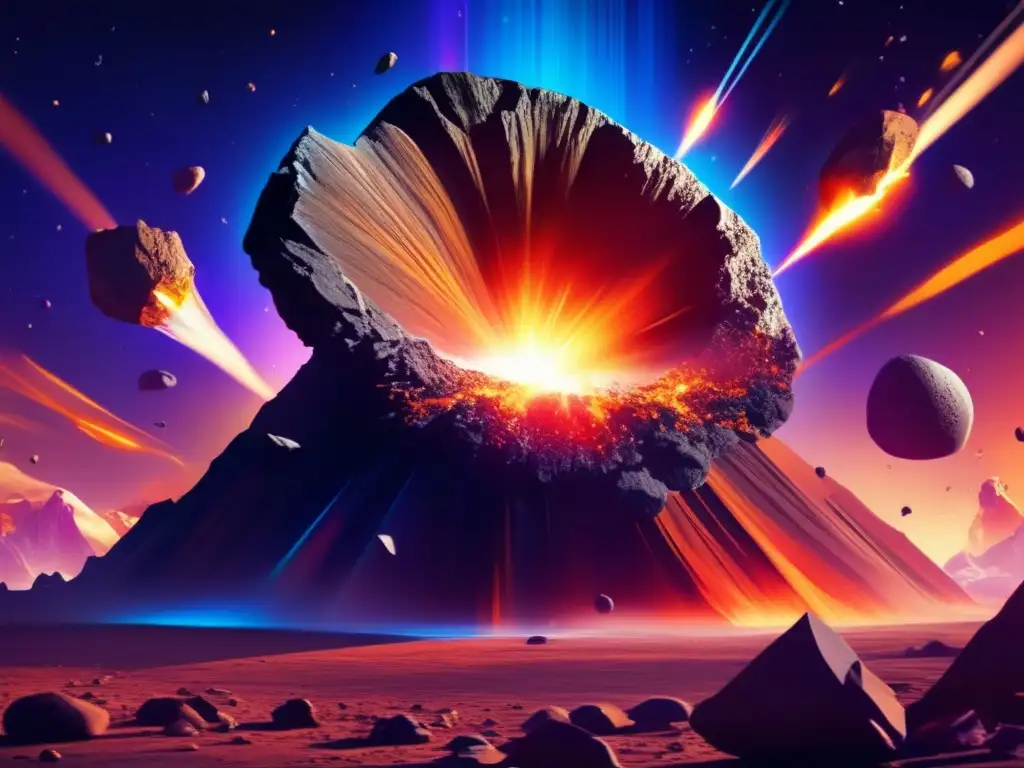
Introduction
Impact cratering is the process by which asteroids, comets, and meteoroids create craters on the surface of planets, moons, and other celestial objects. This phenomenon has played a significant role in shaping the solar system, including the Earth. In this article, we will explore the basics of asteroid impacts, including what happens when an asteroid hits a planet, how impact craters are formed, and their significance in the scientific community.
The Basics of Asteroid Impacts
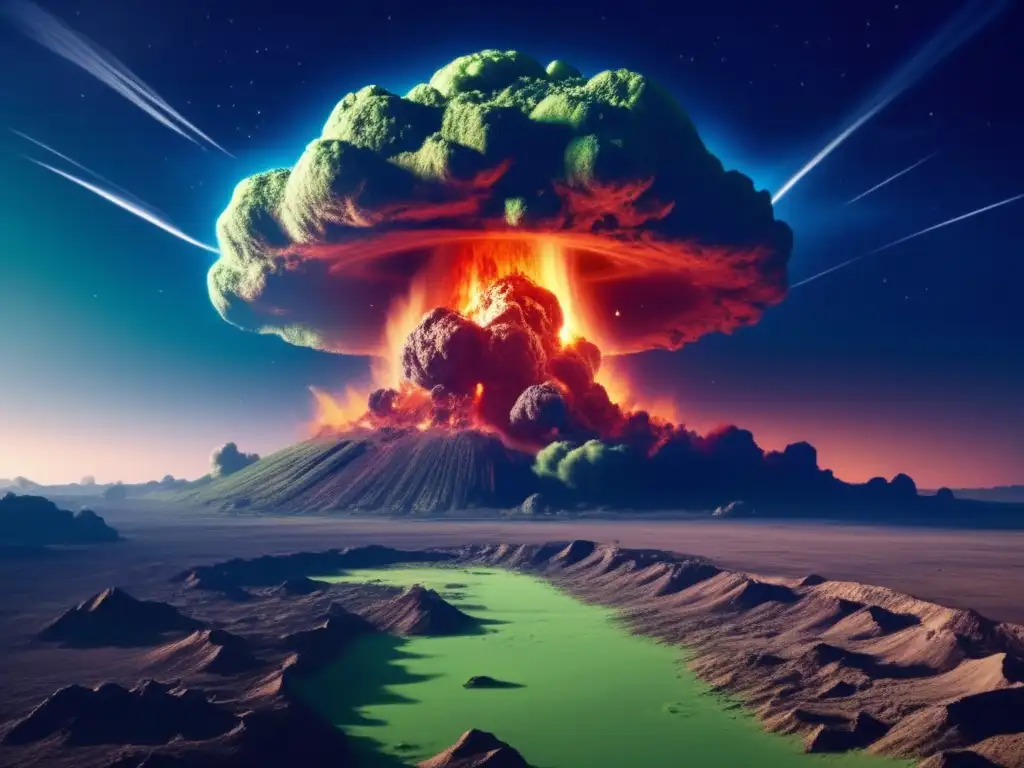
What Happens When an Asteroid Hits a Planet?
When an asteroid hits a planet, it releases a tremendous amount of energy that causes widespread damage. The impact can trigger earthquakes, tsunamis, and volcanic eruptions. The impact zone can also experience extreme temperatures and pressure, which can cause rocks to melt or vaporize. On Earth, this process can result in mass extinction events, such as the one that killed off the dinosaurs approximately 66 million years ago.
How Are Impact Craters Formed?
Impact craters are formed when an asteroid, comet, or meteoroid collides with a celestial object. The size and velocity of the impactor, as well as the composition of the target, determine the extent of the damage. Upon impact, the kinetic energy of the impactor is converted into heat, sound, and shock waves, which create a bowl-shaped depression called a crater. The size of the crater is proportional to the size of the impactor, and can range from small, simple craters to large, multiring basins.
Significance of Impact Craters in the Scientific Community
Impact craters are significant to the scientific community, as they provide valuable information about the history of the solar system. By studying impact craters, scientists can learn about the composition and structure of planets, moons, and asteroids. They can also determine the age of the solar system and estimate the frequency of large impact events. In addition, impact craters provide insights into the origin and evolution of life on Earth.
The Anatomy of Impact Craters
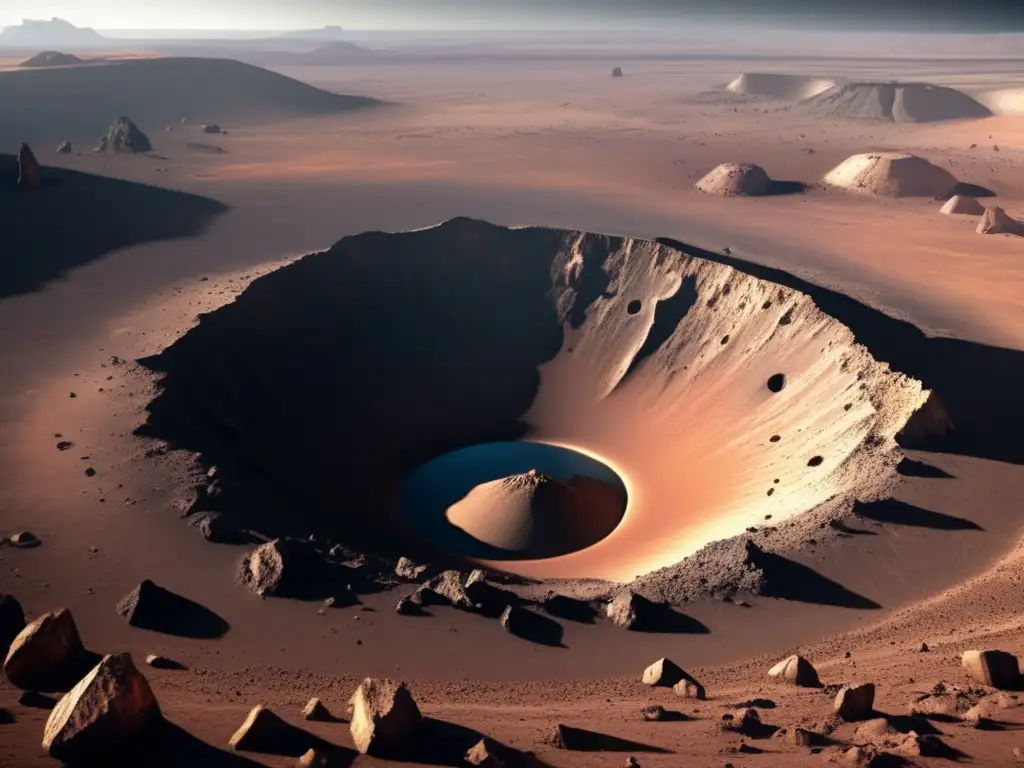
The Central Uplift
One of the most distinctive features of complex impact craters is the central uplift. This is a raised area at the center of the crater that is formed when the shock waves from the impact converge and rebound. The central uplift can contain rocks that originated from deep within the target, which can provide clues about the internal structure and composition of the target.
Ejecta Blanket
Another characteristic feature of impact craters is the ejecta blanket. This is a layer of material that is thrown out of the crater during the impact. The ejecta blanket can contain rocks and debris from the target and the impactor, which can provide information about the composition of both objects. The size and distribution of the ejecta blanket can also reveal details about the direction and angle of impact.
Secondary Craters
Secondary craters are small craters that form around a larger impact site. They are created when rocks and debris from the impact are thrown out of the crater and land on the surrounding terrain. Secondary craters can provide valuable information about the nature of the impact event, such as the direction and angle of impact, and the size and velocity of the impactor.
Types of Impact Craters
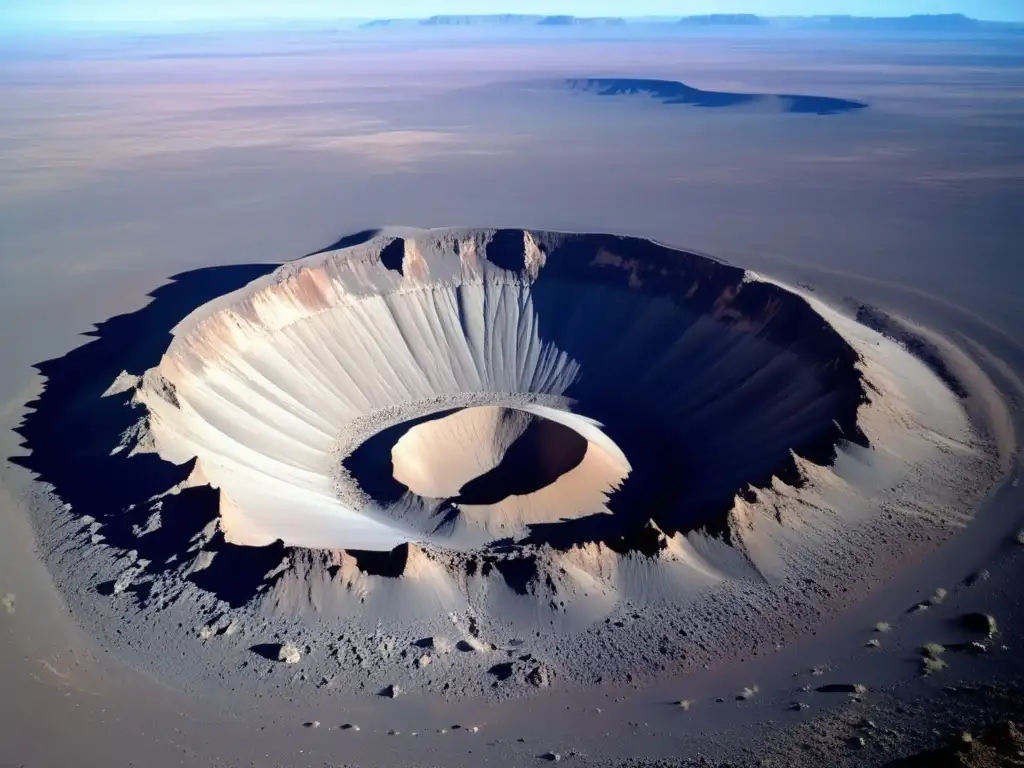
Simple Craters
Simple craters are small, bowl-shaped depressions that are formed by smaller impactors at shallow angles. They do not have a central uplift or an ejecta blanket.
Complex Craters
Complex craters are large, multi-ringed basins that are created by larger impactors at steeper angles. They have a central uplift and an ejecta blanket, as well as other distinctive features such as a rim, a terrace, and a peak ring.
Barringer Crater
Barringer Crater, also known as Meteor Crater, is one of the most well-known impact craters on Earth. It is located in northern Arizona and was formed approximately 50,000 years ago by a small asteroid. The crater is a simple crater, measuring approximately 1.2 kilometers (0.75 miles) in diameter and about 170 meters (550 feet) deep. It is a popular tourist destination and a valuable site for scientific research.
Frequently Asked Questions
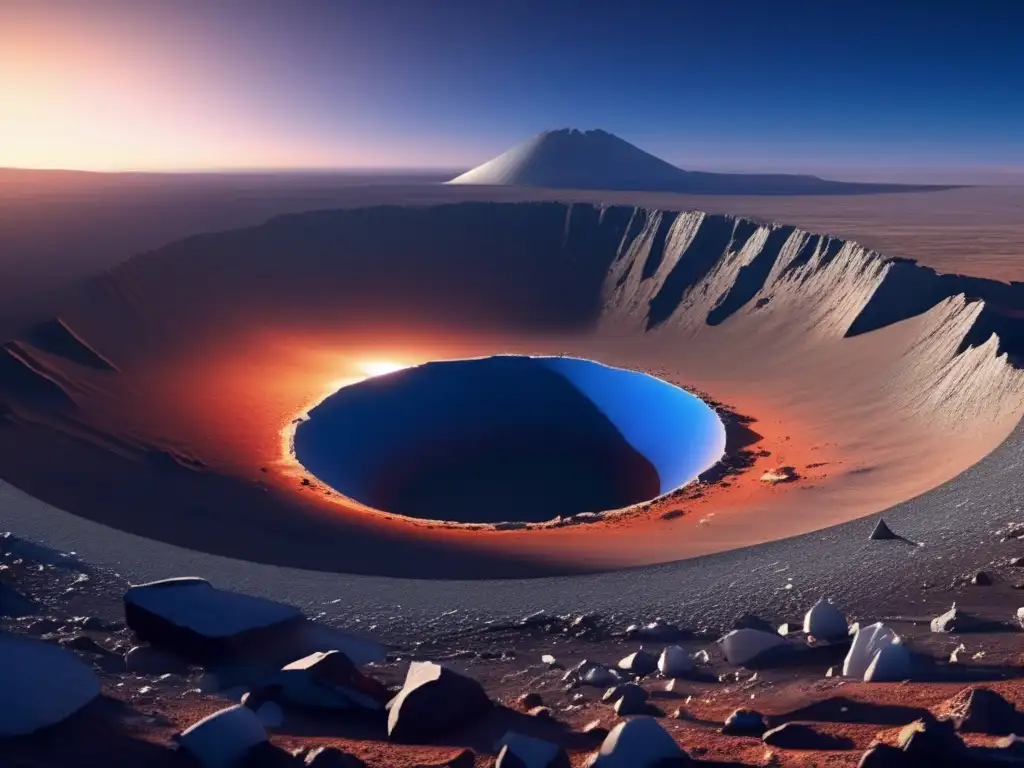
-
What is the difference between an asteroid, comet, and meteoroid?
Asteroids are small, rocky objects that orbit the sun, while comets are icy objects that emit gas and dust when they get close to the sun. Meteoroids are smaller than asteroids and are often fragments of comets and asteroids.
-
What is the most significant impact crater on Earth?
The Chicxulub Crater in Mexico is considered the most significant impact crater on Earth, as it is believed to be the site of the mass extinction event that killed off the dinosaurs approximately 66 million years ago.
-
How are impact craters studied?
Impact craters are studied using a variety of methods, including remote sensing, ground-based observations, and sample analysis. Scientists also use computer modeling and simulations to recreate impact events and study their effects.
-
What implications do impact craters have for extraterrestrial life?
Impact craters can provide clues about the conditions necessary for life to form and evolve on other planets and moons. They can also reveal the presence of water, organic compounds, and other elements that are essential for life.
-
What is the likelihood of a large asteroid impact in the near future?
The likelihood of a large asteroid impact in the near future is relatively small, as most large objects in our solar system have been identified and tracked. However, smaller asteroids and meteoroids can still pose a threat and efforts are underway to identify and track these objects.
Conclusion
Impact cratering is a fascinating phenomenon that has played a significant role in shaping the solar system, including the Earth. By studying impact craters, scientists can learn valuable information about the history and evolution of our planet and the universe as a whole. As we continue to explore the vast expanse of space, it is important to continue to study impact craters and the remarkable stories they tell.
Thank you for reading this article on Asteroid Impacts: A Primer on Impact Cratering. We encourage you to share your thoughts in the comments section and to positively interact with www.asteroidrealm.com, whether by subscribing, sharing the article on social networks, or other forms of participation.
Additional Resources
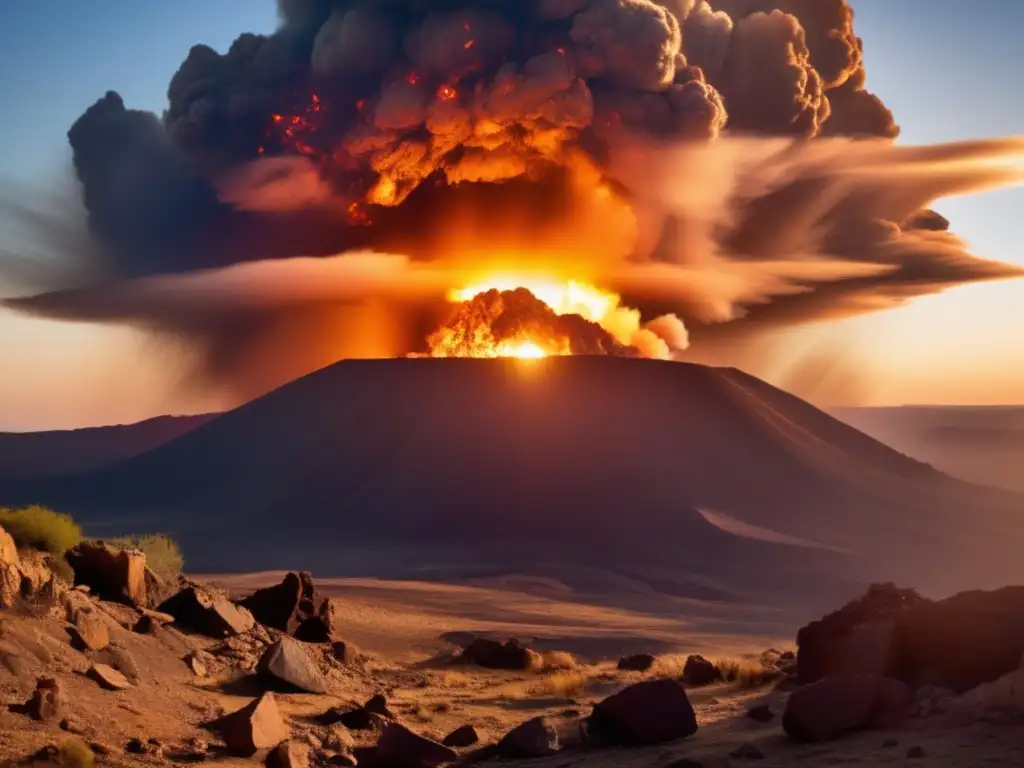
For those interested in delving deeper into the topic of asteroid impacts, we recommend the following resources:
- The Lunar and Planetary Institute
- NASA Planetary Defense Coordination Office
- Impact Structures Website
 Impact Echoes: Asteroid Strikes And Seismic Activity
Impact Echoes: Asteroid Strikes And Seismic Activity The Fallout Of Falling Stars: Exploring Asteroid Debris
The Fallout Of Falling Stars: Exploring Asteroid Debris From Dinosaurs To Mammals: Asteroid Impact And Evolution
From Dinosaurs To Mammals: Asteroid Impact And EvolutionIf you want to discover more articles similar to Asteroid Impacts: A Primer On Impact Cratering, you can visit the Asteroid Impacts category.
Leave a Reply

Articulos relacionados: